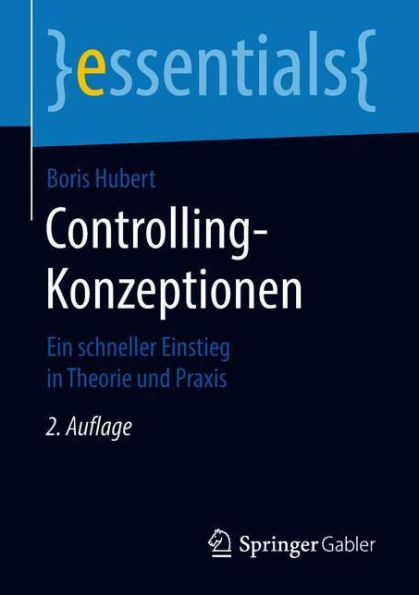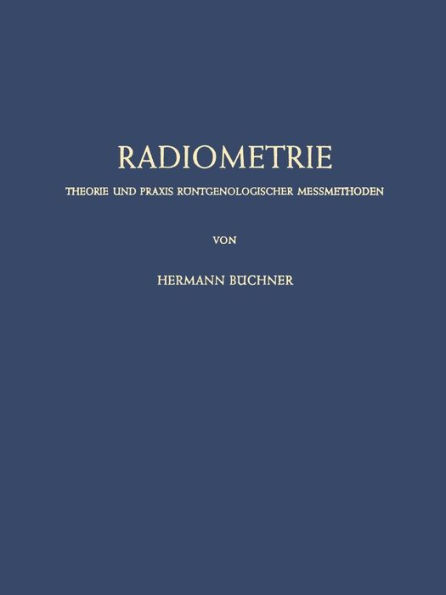Home
Tanztherapie - Theorie und Praxis: Ein Handbuch
Barnes and Noble
Tanztherapie - Theorie und Praxis: Ein Handbuch
Current price: $53.00


Barnes and Noble
Tanztherapie - Theorie und Praxis: Ein Handbuch
Current price: $53.00
Size: OS
Loading Inventory...
*Product information may vary - to confirm product availability, pricing, shipping and return information please contact Barnes and Noble
English summary: In the current development of preventive and psychotherapeutic concepts for mental health, there is a recent clear trend towards approaches which integrate concepts of body and movement. Indicators for this are, among others, newer scientific publications, which from a perspective of neurosciences and philosophy of the body as well on the ground of empirical research call for more attention to the human being as a biopsychosocial entity, and the consideration of the close connection between body and mind in health care treatment, both in acute treatment and in prevention. Although this trend is today often considered as being new, it is in fact part of a discourse since the time of the Greek classics on the body/mind relationship in human beings. A practical consequence of this discourse has been that over the course of time numerous body and movement related therapeutic approaches have been developed which are intended to influence the therapeutic process by way of different modes of expression (voice, dance, musical and artistic arrangements) or by way of direct interventions on body and movement expression (voice, dance, musical and artistic arrangements) or by way of direct interventions on body and movement (massage, sport and physiotherapy, gymnastics etc.) In this context dance therapy is a form of therapeutic intervention with a long tradition and a growing body of evidence. Its origins partly lie in the German movement of expressive dance at the beginning of the 20th century. Later dance therapy developed further mainly in the USA, and today has a distinctly independent profile of its own in the German speaking countries. The original texts presented in this book document the gradual emergence of this form of therapy over a timespan of more than 70 years, through discourses on theory and in practice with artistic and psychotherapeutic concepts and through scientific studies of body movement. As introduction Elke Willke presents a general overview over the history and present state of dance therapy in Germany. In the first part of the book, partly through extracts from original texts, a background is provided to a therapeutic explanation of expressive dance (Boas, v. Laban, Wigman) and to the anthropologic interpretation of the phenomena of movement (Buytendijk). Selected texts of the so-called "mothers" of dance therapy are following (Chace, Espenak, Schoop, Whitehouse), all of whom were first of all outstanding and internationally successful dance artists who went on to discover the therapeutic uses and implications of dance. From the mid 1970s dance therapy received a more solid psychotherapeutic foundation through the generation of "daughters", a group of women who combined an education in dance with certification as psychotherapists (Dosamantes - Alperson, Bernstein, Siegel). Their work is also documented with original texts. The second part of the volume consists of texts from the beginnings of the establishment of dance therapy in Germany. These texts show the range of applications of this form of therapy, and they discuss a differentiation between dance education as part of a regular curriculum and dance therapy as a form of psychotherapy and healing. Despite all the diversity of today it is worthwhile (and this is confirmed by the abundant demand for a new edition of this book) to remind oneself anew on the basis of original documents of the origin, the background and the concepts of dance therapy, which are still important today, and which continue to have an impact both on theory and practice for present development in the German speaking countries and beyond. German description: Bei der Weiterentwicklung praventiver und psychotherapeutischer Konzepte zur psychischen Gesundheit erfahren in den letzten Jahren national und international zunehmend solche Verfahren mehr Beachtung, die Leiblichkeit und Bewegung in ihre Vorgehensweisen integrieren. Indikatoren hierfur sind u.a. neuere wissenschaftliche Publikationen, die aus neurobiologischer und leibphilosophischer Sicht (embodiment) sowie aufgrund empirischer Forschung eine starkere Sicht auf den Menschen als biopsychosoziales Wesen und die Berucksichtigung des engen Zusammenhangs zwischen Korper und Psyche sowohl in der Gesundheitsvorsorge als auch in der Akutbehandlung einfordern. Diese - z.T. heute als neu empfundene Entwicklung - ist eng mit einer seit der Antike geführten Diskussion zum Korper-Seele Zusammenhang des Menschen verbunden. Als eine praktische Konsequenz dieser Uberlegungen haben sich im Laufe der Zeit zahlreiche leib- und bewegungsorientierte therapeutische Verfahren entwickelt, die den therapeutischen Prozess sei es durch verschiedene Modi des Ausdrucks (Stimme, Tanz, musikalische und kunstlerische Gestaltung) oder durch direkte Interventionen auf der Korper- und Bewegungsebene (Massage, Sport- und Physiotherapie, Gymnastik etc.) beeinflussen wollen. Eine traditionsreiche und gut begrundete Interventionsform ist in diesem Zusammenhang die Tanztherapie, die ihre Anfange z.T. in der deutschen Ausdruckstanzbewegung am Anfang des vergangenen Jahrhunderts hatte, spater dann vornehmlich in den USA weiterentwickelt wurde und mittlerweile ein ausgepragtes eigenstandiges Profil in den deutsprachigen Landern hat. Die vorliegenden Originaltexte aus einer Zeitspanne von uber 70 Jahren dokumentieren die allmahliche Entstehung dieser Therapieform in der theoretischen und praktischen Auseinandersetzung mit kunstlerischen, bewegungswissenschaftlichen und psychotherapeutischen Konzepten. Einleitend gibt E. Willke einen allgemeinen Uberblick uber die Entstehungsgeschichte und den aktuellen Stand der Tanztherapie in Deutschland. Im ersten Teil werden - z.T. in Textauszugen - die Hintergrunde einer therapeutischen Deutung des Ausdruckstanzes (Boas, v. Laban , Wigman), und der anthropologischen Interpretation des Phanomens Bewegung (Buytendijk) vorgestellt. Es folgen dann ausgewahlte Texte der sogenannten 'Mutter der Tanztherapie' (Chace, Espenak, Schoop, Whitehouse), die zunachst alle herausragende Tanzkunstlerinnen mit eigenen internationalen Auftritten waren und die spater in therapeutischen Kontexten tatig wurden. Eine starkere psychotherapeutische Fundierung der Tanztherapie erfolgte ab Mitte der 70-iger Jahre des letzten Jahrhunderts in den USA durch die 'Tochtergeneration', einer Reihe von Frauen, die neben einer tanzerischen Ausbildung gleichzeitig approbierte Psychotherapeutinnen waren (Dosamantes-Alperson , Bernstein, Siegel). Ihre Arbeiten sind ebenfalls mit Originaltexten dokumentiert. Im zweiten Teil finden sich Texte aus der Anfangszeit der Etablierung der Tanztherapie in Deutschland. Sie dokumentieren das Anwendungsspektrum dieser Therapieform und diskutieren eine Abgrenzung zwischen Tanzerziehung als Bildung und Tanztherapie als Verfahren der Psychotherapie und Heilkunst. Bei aller Vielfalt und Buntheit lohnt es u.E. - und das bestatigt die vielfache Nachfrage nach einer Neuauflage dieses Buches - erneut anhand von Originaldokumenten sich der Entstehungsgeschichte, der Hintergrunde und der Konzepte zu vergewissern, die auch noch heute bedeutsam sind und auch die aktuelle Entwicklung der Tanztherapie im deutschsprachigen Raum und daruber hinaus in Theorie und Praxis gepragt haben und pragen.


















